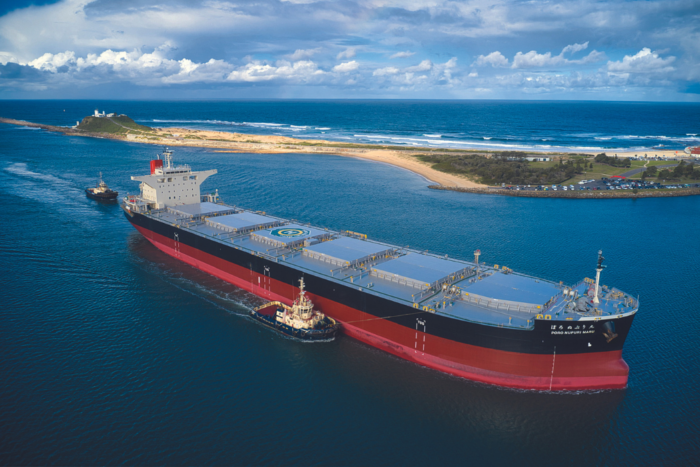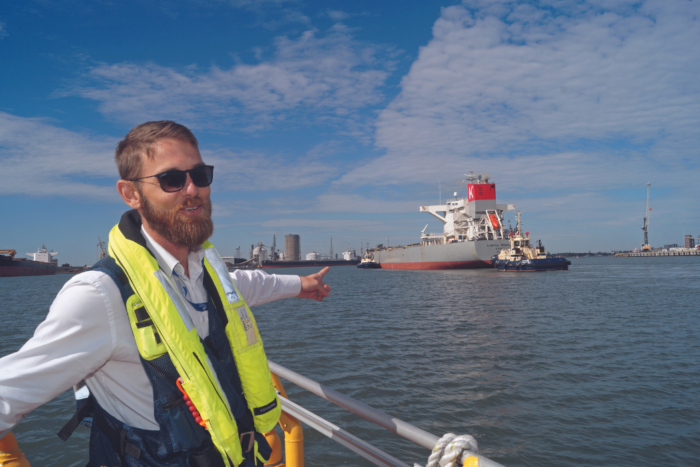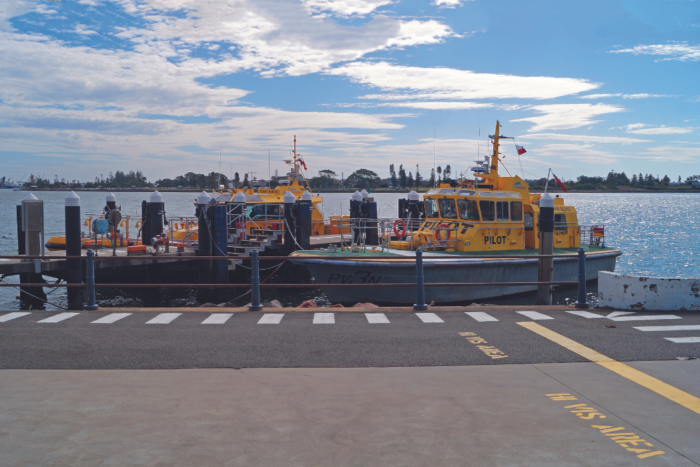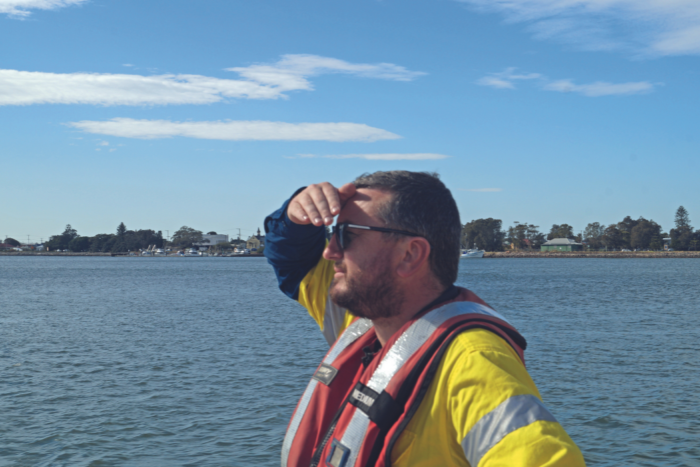
The pulse of the port
In one of the country’s busiest and most picturesque ports, Newcastle harbour master Captain Vikas Bangia and marine pilot Captain Riley Oxenbridge carry on the century-old tradition of keeping seafarers and local communities safe.
As a harbour master, you are on call 24/7, 365 days a year,” says Vikas Bangia who was appointed harbour master of Newcastle in October 2020. And judging by the happy smile on his face, he wouldn’t have it any other way.
“Newcastle harbour is a tough assignment, a very busy port handling a wide range of commodities: coal, grain, petroleum products, ammonium nitrate and general cargo to name but a few.
“Being a river port comes with its very own set of challenges, especially during periods of heavy rain when fresh water runs out of the river, pushing the ships sideways and making navigation extremely difficult. We also experience heavy swell and strong wind conditions particularly at harbour entrance which is quite narrow. Last but not least, given its location so close to Newcastle’s CBD, everything we do in the harbour is being observed by the community and because of the port’s natural beauty often ends up on social media.”
Every year, about 2,200 large vessels make their way in and out of Newcastle harbour, Australia’s second busiest port and by volume the biggest in NSW. With 98% of Australia’s trade coming and going via the sea, the port is an economic powerhouse not just for Newcastle. It supports billions of dollars in trade and thousands of jobs throughout the region.


Rich Heritage
For tens of thousands of years, the Awabakal and Worimi people had lived in the area enjoying plentiful supplies of fish and wildlife in the estuary of the Hunter River and surrounding coastal areas.
With coal abundant, the first commercial coal export was recorded in 1799, years before permanent European settlement was established in 1804. Not long after, in 1812, William Eckford became Newcastle’s first marine pilot. In 1858, Captain David Allen was the first to be given the title of harbour master.
“It was quite emotional to be appointed harbour master of such a historic port,” shares Vikas. Even though, today, technology is a crucial part of his job.
“You are always on the phone. Even at home, I have a dedicated screen with live images from cameras across the harbour. You are a harbour master 24 hours a day.
“The technology keeps evolving but, in a way, the job hasn’t changed much over the centuries.
“Vessels are still calling into a port and requiring pilots with local knowledge to bring the ship in safely. That’s why marine piloting is sometimes called the second oldest profession in the world.”


After spending 21 years at sea, and another twelve years as harbourmaster in Western Australia and in Northern Territory ports, Newcastle has become home for Vikas and his family.
“My son finally discovered greenery when we came here,” he chuckles. “A lot of people think my job is all about the harbour, but it’s as much about the community and community safety.
“Every day is unique and starts with a review of the vessel movement schedule, the weather forecast and any operational queries for keeping the port moving.
“The biggest part of my day is spent ensuring that port and marine operations are carried out safely and efficiently.”
Read the full article in our Summer Edition of Hunter & Coastal Lifestyle Magazine or subscribe here.
Story by Cornelia Schulze, photography by Frank Schulze and courtesy of Port Authority of New South Wales.

